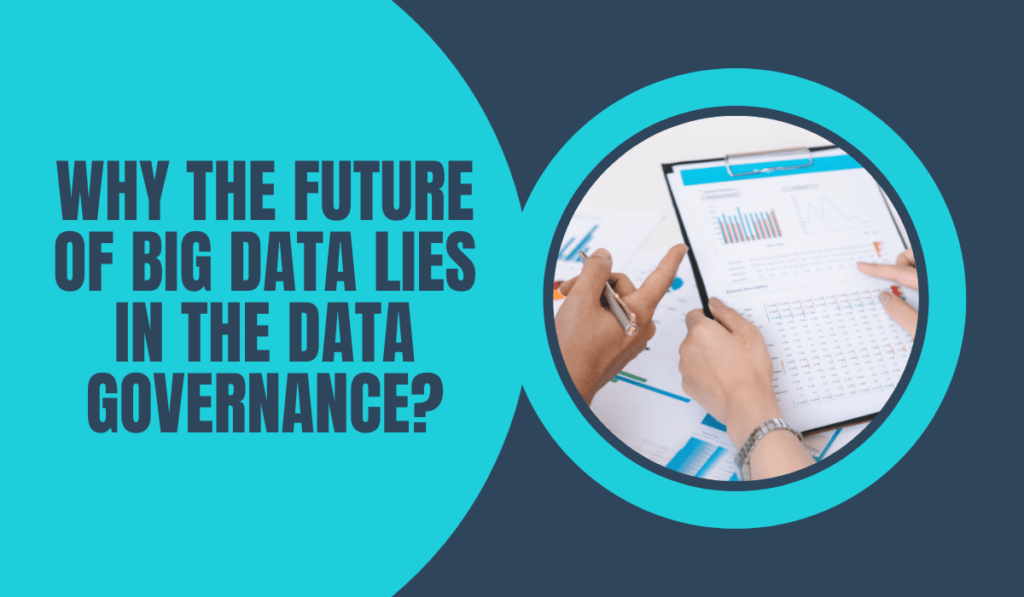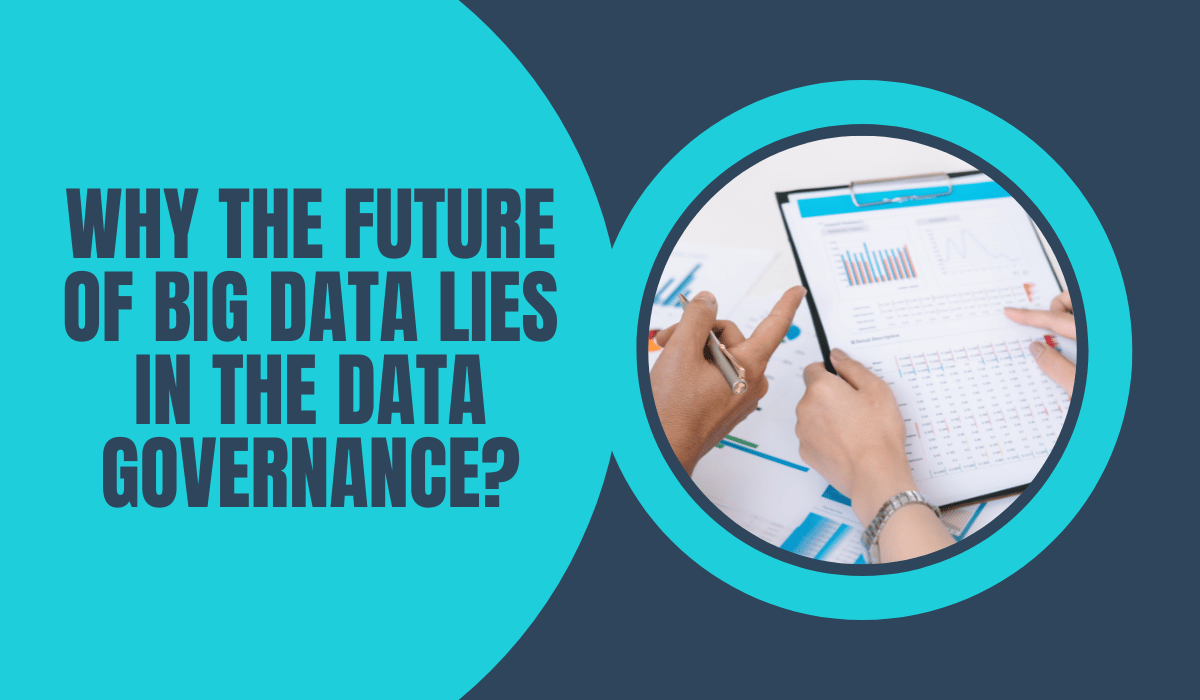You don’t need big data when you have control over your data. Too much data is bad, loss of control is terrible, and nothing works without data control, which should automatically lead to less data.
Big data has come a long way: from a scary term meaning data avalanche, it has become a buzzword in the data industry and, therefore, an instant favourite with marketers. The promise of understanding customers through big data is often replaced by the mantra “big help many” and “what you have, you have”, meaning that quantity trumps quality, and data-driven solutions take a back seat.

But the notion that the more data we collect, the more opportunities lurk in a large amount of data is wrong. The idea that we give too much freedom to decide what criteria to use to collect data only in the future – as needed – is detrimental to the business, the data, the customers and ultimately, the environment.
The Cost of Data
In the everyday lives of marketers, data seems abundant and freely available. Automating data collection, which requires little human intervention, may contribute to this impression. The opposite is true: although tools are freely available in their basic form, the amount of data is limited. Sometimes, only a certain amount of data is evaluated, and the rest is lost. In other cases, the cost of the tool increases with the amount of data.
Nor is data storage free. The space requirements of servers purchased abroad or installed in-house increase hardware requirements and energy consumption. Servers need to be maintained, and data flows monitored.
Data is not free and expensive—money, time, and energy. The more you collect, the more it costs.
Personalized: Only If the Quality of Data is Preserved
Extracting information is also essential for personalization. In the age of consent management, customer data platforms play an indispensable role. Customer data can be stored and, for example, compared and combined with anonymous twin statistics. Therefore, data should be compatible by default. Operations, periods and fields should be defined. To be valid, data need purposes, tasks, structures and definitions. They are not usable and, therefore, useless.
To call these data warehouses is needed a misnomer. Unstructured collections lead to poor data quality, leading to inaccurate results. Was the volume of customer transactions high or low? Was the campaign successful? Did we reach our target audience, and who are they? On which channels and with which products were we successful? Marketers and managers have to ask themselves many questions before they create a CDP and collect the data that can be used.
Or they must wait for mistakes to happen. Inventory prices are set incorrectly, products are stocked incorrectly, promotions cause negative sales such as high redemption rates, and automating these activities leads to high costs. Data errors cost companies a lot of money.
But the most painful is the loss of loyal customers. Inappropriate practices, confusing data collection, lack of transparency, and loss of quality and trust are costly and take time to recover. Those intervening early and creating sustainable data quality will prevent the baby from falling down the wall.
The introduction of consent management is, of course, a consequence of the General Data Protection Regulation. However, data processing in the context of data protection is not limited to consent management but also needs to be monitored: where is the data stored, who has access to it, what data is stored, how long is it stored, and if stored is it sufficiently anonymized so that no inferences can be drawn about individuals?
The GDPR contains several data retention rules for businesses, and good reason. Those who collect data knowingly and according to pre-defined criteria can check that they are doing so in compliance with the GDPR. Failure to do so risks loss of control, fines and, in the worst case, loss of customer trust and, therefore, loss of the most important asset – customer loyalty.
Trust is a Bargaining Chip
Trust is the biggest problem in marketing today. Fake tracking makes it difficult to get trustworthy information about unregistered website users. It is even more critical that customers voluntarily register and share their data with your company. Transparency increases trust: what is stored, where and who can use it for what purposes? Customers who know their data is protected are less likely to consent.
Trust is a fragile plant. It takes time and effort to earn it. It also makes you more playful and faster. But how do you ensure transparency, accountability and clarity when data collection is unmanageable?
Social Accountability
Climate protection is one of the most pressing issues of our time. Why does this affect big data? Because data takes up vast amounts of storage space, even if the vague notion of the cloud makes it seem that all data is stored in space. It is stored on servers that need power. Today, the power demand in data centres is increasing despite the capacity increase. This is due to the exponential growth of workloads, which will increase tenfold between 2020 to 2030.
It is essential to bear in mind, however, that these CO2 factors are wasteful. Making conscious choices makes it very easy to save energy without sacrificing anything.
Data Governance: A Way Out of the Big Data Trap
The way out of the big data trap is as simple as it is obvious. Recent advances in tools mean there is yet to be a solution. Google, the leading provider of free analytics tools, is going its way. With the move to Universal Analytics GA4, many of the settings automatically set by the tool are no longer valid. What to measure? The user needs to think about definitions; for this, a concept, a data strategy, is required first.
Such a solution is called data governance. The data managers know which data is needed in the short term and which in the long term. Cross-channel refers to the post-universe, a world in which customers move seamlessly between online and offline environments and the business strategy that will determine the direction of this new universe in the short and long term.
This also means that data strategy is not only in the hands of marketers but also in the hands of management. At the same time, they are part of this governance system and hold ministerial positions that allow them to influence government policy. At the same time, marketers contribute to a sustainable future for the company, its customers and the environment.



























